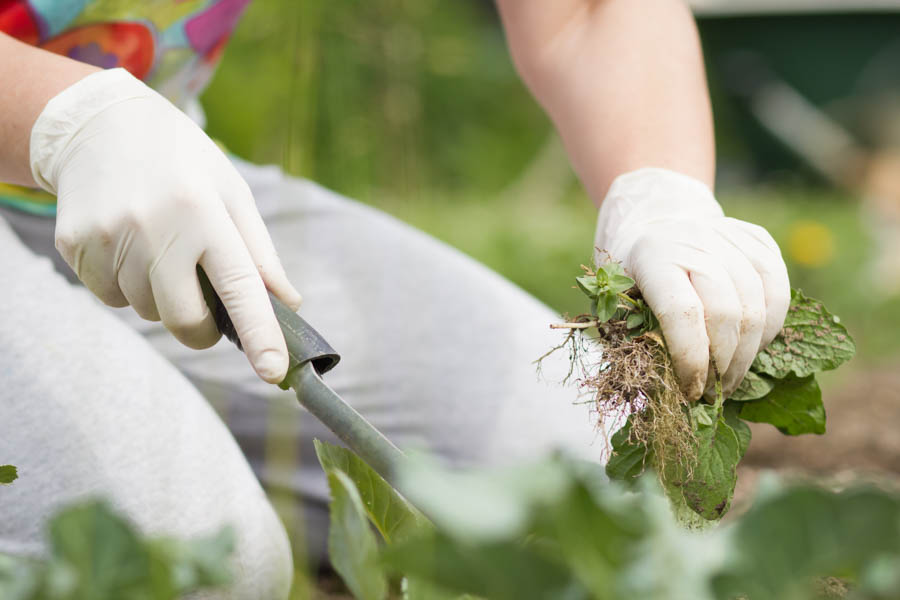September Gardening Tasks for California's Inland Valleys

With the arrival of September, gardeners in many areas of the country are thinking about harvesting their last summer crops and storing their tools for the winter. But in many areas of California, September marks the beginning of cool-season gardening, a season when the soil is still warm and the air has cooled–ideal growing conditions for many cool-season vegetables. For those gardeners who live in Southern California’s areas inland valleys, here are ten tasks to put on your September to-do list:
- Start most cool-season annual vegetable-and-herb seeds for fall-and-winter harvest indoors or directly outdoors, and transplant starts outdoors beginning early September to early October or after the worst heat of Indian Summer has passed; experienced gardeners growing appropriate varieties may succeed with some warm-season crops over winter in your zone such as tomatoes.
- Plan fall-and-winter vegetable-and-herb plantings in well-drained, reasonably fertile, uncompacted soil with southern and western exposures unshaded in winter to maximize sun during short winter days; purchase seeds for fall-through-winter crops.
- Irrigate new garden beds, wait 7 to 14 days prior to planting to flush weed seeds, and remove or till in weed seedlings.
- Inspect and repair raised beds, garden structures, fencing, hose bibs, and drip or other irrigation systems.
- In new beds or compacted soils, double-dig or loosen soil with a spading fork and remove stones and obstructions shortly before seeding new crops.
- Amend soils prior to planting by surface dressing and/or gently working in compost, organic matter, manures, and other amendments, with caution in active beds and near plants as nitrogen may activate heat-generating processes in soils.
- Monitor new starts and seedlings daily to minimize plant losses during establishment.
- Seed or transplant crops successively for successive harvest, especially of crops that you eat regularly or in large quantities.
- Add organic amendments and 1 to 1 1/2 inches of fine mulch after vegetable and herb starts are 3 to 6 inches tall.
- Consider growing cover crops in dormant garden beds.
Other articles of interest:
Acidify Your Soil with a Vinegar and Water Soil Drench
Chlorine, Soil and Watering Gardens
Don’t know your GardenZeus climate zone? Click here.